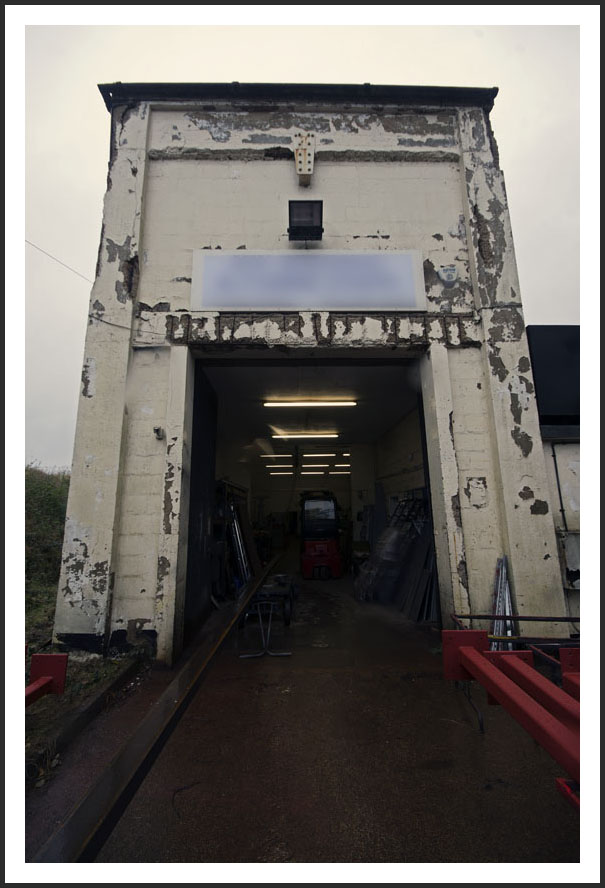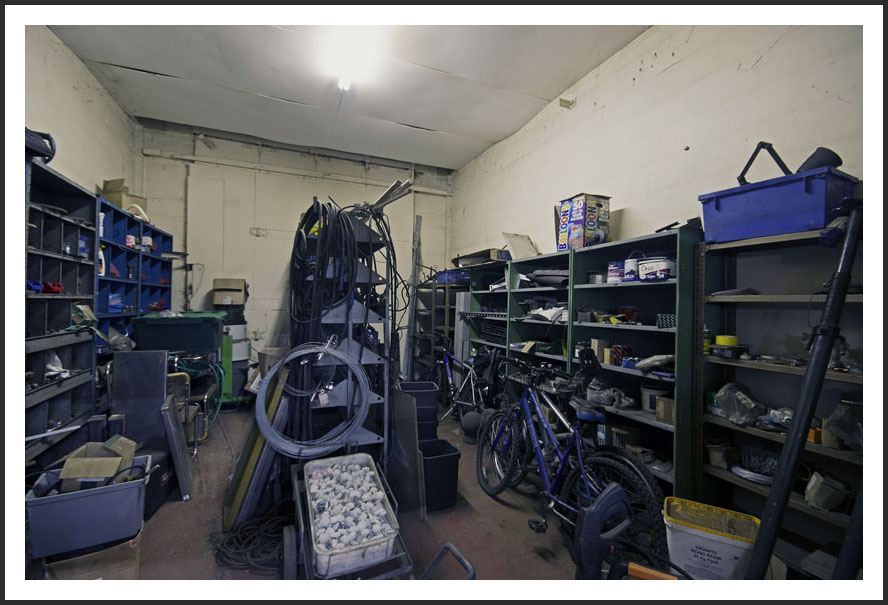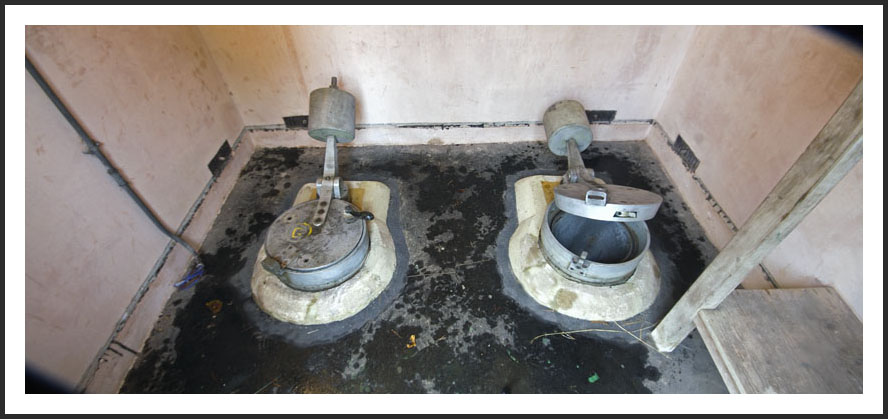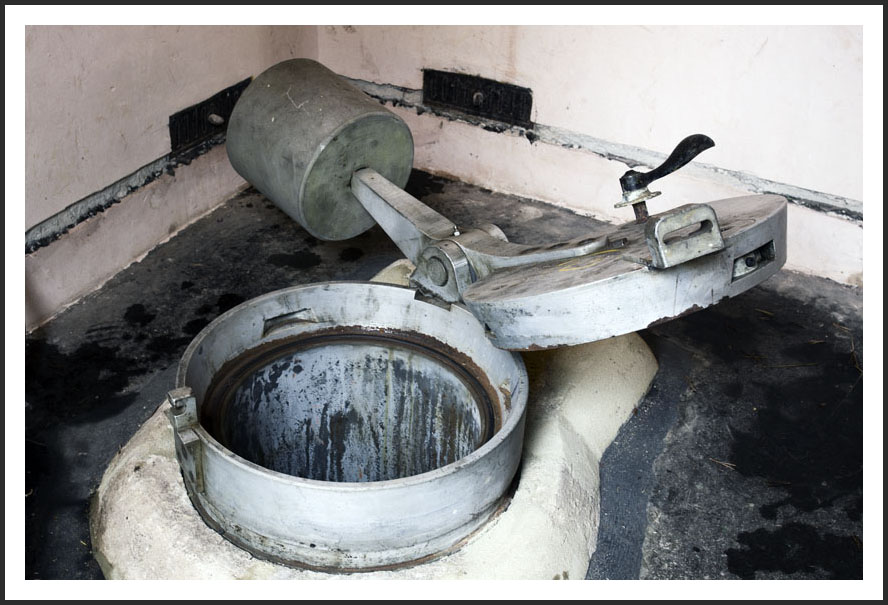

RAF Thetford - Suffolk - Nov 2016
Military facilities had existed at Barnham since World War I. During World War
II, Barnham had been a chemical weapons storage and filling station for Mustard
Gas. During 1953 or 1954, construction began on a high-security RAF bomb store
on Thetford Heath. The site was to become known as RAF Barnham and construction
was completed in 1955 with the site operational from September 1956.[1] Barnham
was constructed as a sister-site to a similar facility constructed a few years
before at RAF Faldingworth. Both sites were built to store and maintain
free-fall nuclear bombs and Barnham was able to supply the bomber squadrons at
Honington, Marham, Watton, Wyton, Upwood and Bassingbourn. Barnham came under
the control of the RAF's No. 94 Maintenance Unit.
The operational life of Barnham was relatively short. By the early 1960s this
type of storage facility became obsolete as free-fall nuclear bombs were
superseded as the weapon of choice, for the British Nuclear Deterrent, by the
Blue Steel stand-off missile. The storage and maintenance of nuclear weapons
moved to the V bomber airfields. The last nuclear weapons were probably removed
from the site by April 1963. The site was sold in 1966, and since that date it
has been used as a light industrial estate.
A with permission organised visit.
Man alive it chucked it down on the day I visited, so I only really got about 10
decent pictures due to rain and fog on my lenses. Ho hum.
There were two "explosive" test area's, were the "lens" of the bomb was put
together. These were built within earth "cuttings" equal to the height of the
buildings in order to limit damage should there be a screw-up. This is the
entrance to one.

Inside you get an idea of the length of the building. I assume there must have been some kind of production line going on. Tbh the guide gave quite a detailed amount of info but I was too busy snapping to listen, so I reckon the walls and doors for the lock-ups were a later addition and originally the building would have been much more open plan. The ducting is original.


The front of the building where the fissile material and the explosive where put together.

And inside. At the far end there is another set of doors, which have been filled, where the bomb was start it's journey to be wheeled out another set of doors behind the camera. I believe the gantry is original.

Rear of building showing what's left of the doors.

Dotted around the site are "hutches" where the fissile material was stored.

A lot of the doors still had some decent signage on them.

And finally the storage containers. All the original containers where removed when the site closed so these two are not original and where transferred in from another RAF base who's name I have now completely forgotten. The are made of stainless steal and sunk about a foot and half into the ground with the fissile "ball" stored at the bottom.

The lids swung up on pressure to the counter balance and could then be pivoted out of the way. On the doors there was a pressure switch which set off an alarm once the door opened, during which everyone on the site was ordered to stop what they where doing and stand still till the door was closed again. Must have been one hell of a place to work at back in the 60's.
